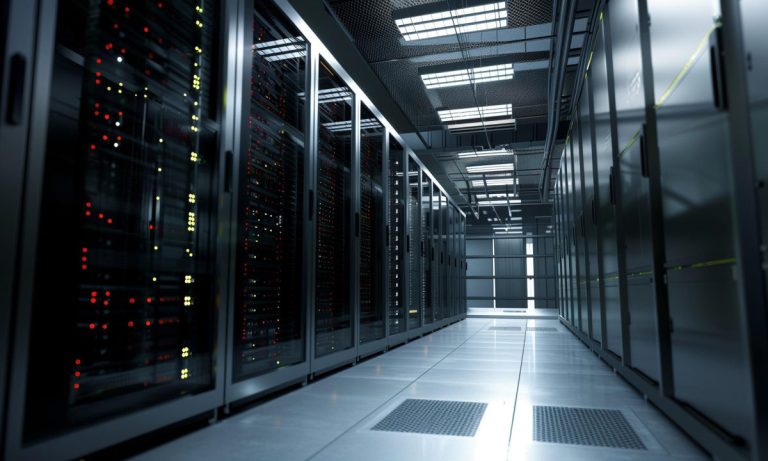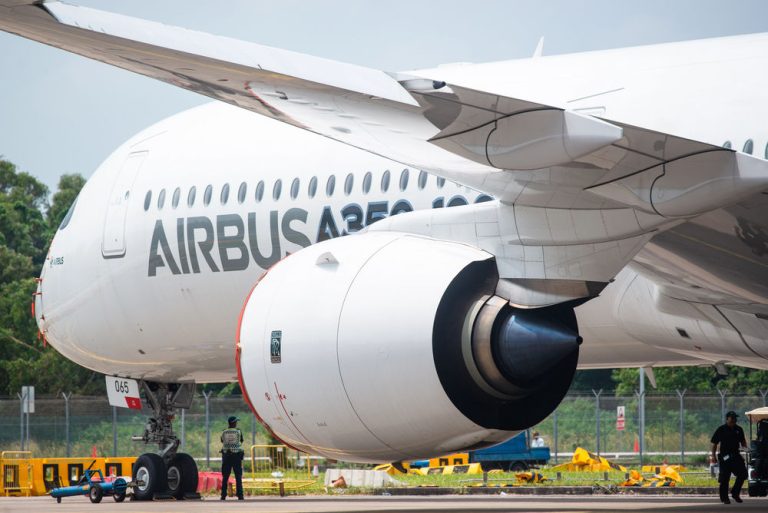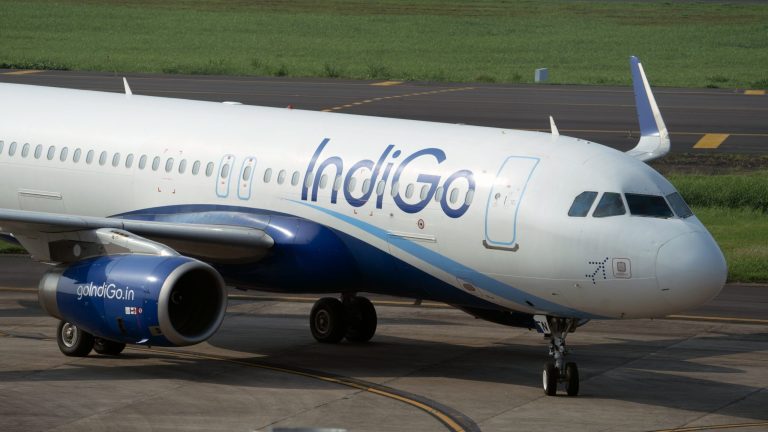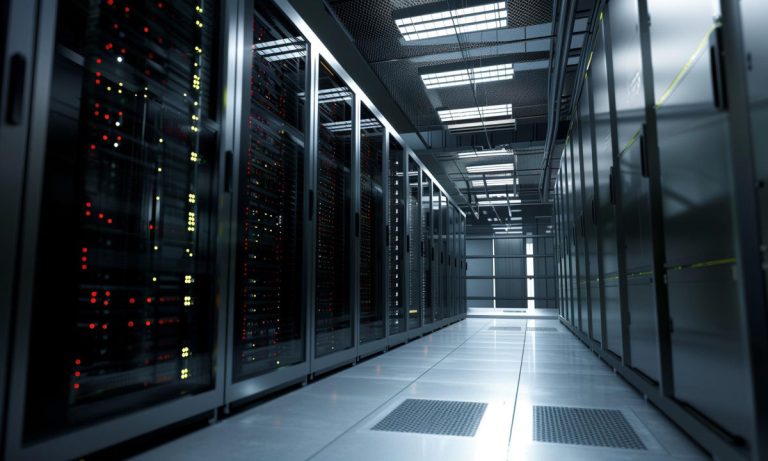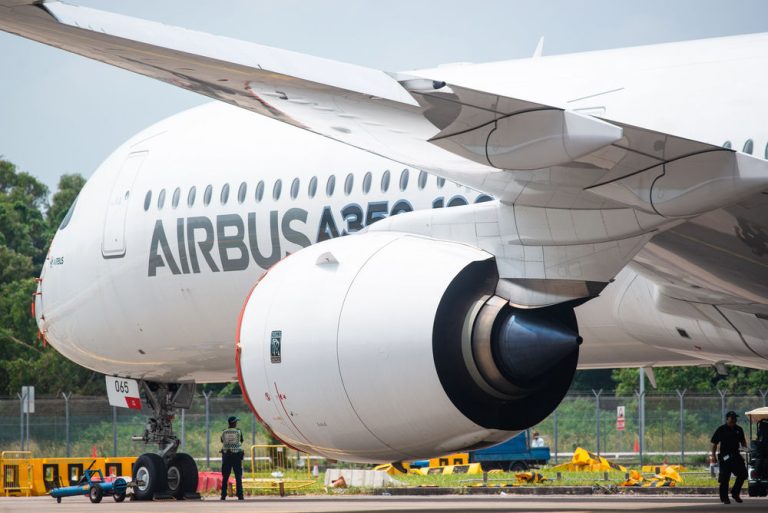Tesla stock price went parabolic on Wednesday, leading to a $35 billion surge in Elon Musk’s wealth. It soared by over 22% on its best day in over a year. This surge happened as the market bought the dip after Donald Trump paused some of his Liberation Day tariffs. This article explains some of the top reasons to sell TSLA.
Tesla stock price technicals point to a dive
The first main reason to sell the Tesla share price is that its technicals point to an eventual dive as the tariff-relief hype fades. The daily chart shows that the TSLA stock has already formed a death cross as the 50-day and 200-day weighted moving averages (WMA) crossed each other earlier this month. A death cross is one of the most bearish patterns in the market.
Tesla is also forming a bearish flag chart pattern, which is characterized by a tall vertical line and a rectangle formation. This pattern often leads to a strong bearish breakdown when it happens.
Further, Tesla remains below the 61.8% Fibonacci Retracement level. Therefore, there is a likelihood that the TSLA share price will have a strong bearish breakdown in the next few days. If this happens, the initial target to watch will be the year-to-date low of $215, which coincides with the 78.2% Fibonacci Retracement level.
A drop below that level will point to more downside, potentially to last year’s low of $140. However, a move above the 50% Fibonacci Retracement level at $315 will invalidate the bearish Tesla stock price forecast.
Tesla sales are plunging
The other reason to avoid or sell the Tesla stock price is that its deliveries have slumped even as other EV companies have boosted their sales. Tesla delivered 336,681 vehicles in the first quarter of this year, down from the 495,570 it delivered in the fourth quarter. It delivered 462,890 and 443,956 in the previous quarters.
Tesla deliveries in the United States have slowed as many liberals have turned away from the brand because of Elon Musk’s proximity to Donald Trump. The same trend has happened in Europe, where its demand has cratered and used Tesla prices have fallen in key countries.
Therefore, there is a likelihood that the company will not achieve its sales target this year. Analysts expect that Tesla’s Q1 sales will be $21.85 billion, up by 2.56% from a year earlier. Its annual sales will be $107 billion, a 10% increase.
Tesla is still highly overvalued
Further, investors may consider selling the Tesla stock is that it is highly overvalued for a company that it is no longer growing. Tesla has a forward price-to-earnings ratio of 98, and an enterprise value to EBITDA multiple of 57.
These numbers are significantly higher than those of other companies, including popular names like Ford and General Motors. They are also much higher than other technology companies that are seeing stronger revenue growth.
Reputation damage
Additionally, Tesla has suffered a reputation damage and could be affected as other countries retaliate against the US. A good example of this is in the US, where Donald Trump boosted tariffs to 125%.
The risk for Tesla is that Elon Musk is one of Trump’s top advisors. This means that Beijing may decide to target the company now that many of its local EV companies like BYD, Li Auto, and Nio are seeing strong double-digit sales in the country.
Tesla may also be targeted in other countries. For example, some Canadian politicians have hinted that they would apply a 100% tariff on Teslas if the trade war continues. There are also signs that its sales are crashing in Europe because of Musk’s closeness to Trump.
The post Tesla stock price went parabolic: top 4 reasons to sell TSLA appeared first on Invezz



